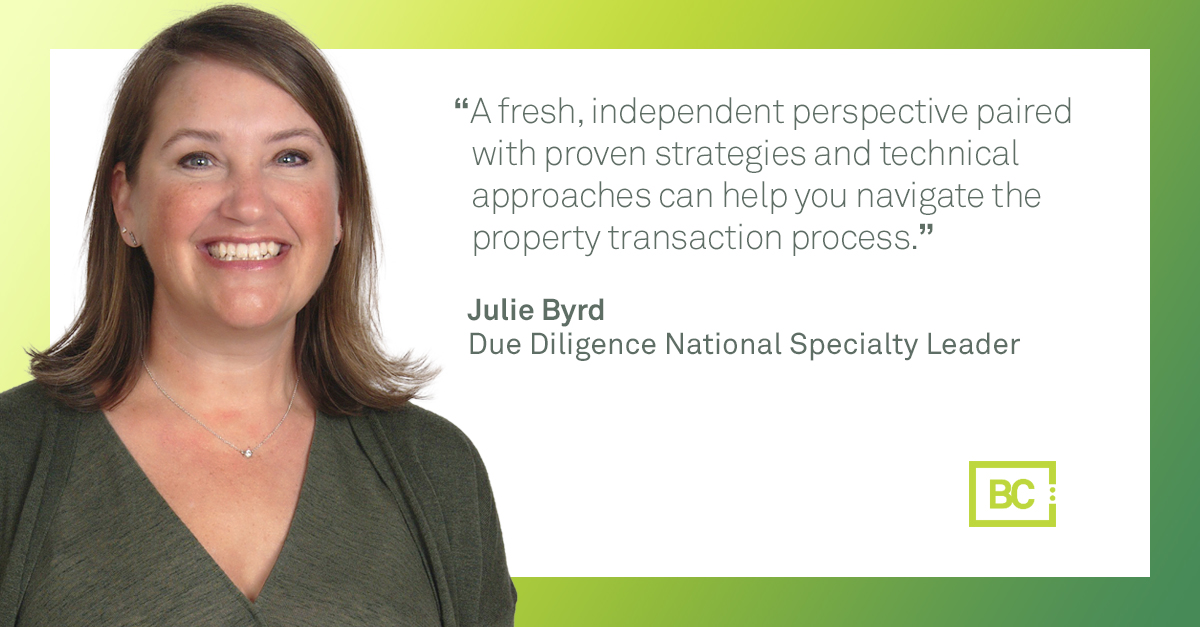The recent passage of the Bipartisan Infrastructure Investment and Jobs Act includes $550 billion in new federal investment in America’s infrastructure, including the Environmental Protection Agency receiving more than $50 billion to improve the nation’s drinking water, wastewater, and stormwater infrastructure.
This investment will provide significant opportunities for municipalities and corporations to provide safe drinking water that prioritizes lead and PFAS, as well as to support environmental justice through Superfund cleanup and pollution prevention.
In addition to the infrastructure bill, EPA Administrator Michael S. Regan participated with the 26th U.N. Climate Change Conference of Parties (COP26) in Glasgow, with a focus on key areas, including methane pollution, clean energy, hydrofluorocarbons (HFC) enforcement, zero emission vehicles, industrial decarbonization, and adaptation. The climate summit ended with an agreement among nearly 200 nations to accelerate actions to mitigate the climate crisis and to commit to more challenging climate pledges.
While we have plenty to watch following the infrastructure bill and COP26, other important regulation and compliance news to keep an eye on:
Ask an Expert: Property transaction support
Join BC’s Due Diligence National Specialty Leader Julie Byrd as she shares insight into addressing environmental risks, liabilities, and permitting during property purchases, sales, or leases. Read “Ask an Expert”
SCOTUS to weigh in on Clean Air Act
The U.S. Supreme Court announced it will hear four cases to determine the EPA’s authority to regulate emissions from power plants under the Clean Air Act.
Industry and environmental groups petition for refrigerant restrictions
The EPA has granted or partially granted 11 petitions that would restrict use of common HFC refrigerants.
OSHA’s vaccination standard
OSHA’s emergency temporary standard on COVID-19 vaccinations was released on Nov. 4 and must be fully implemented by Jan. 4, 2022.



 Every real estate transaction or mergerand acquisition brings a unique set of circumstances with the potential for
Every real estate transaction or mergerand acquisition brings a unique set of circumstances with the potential for